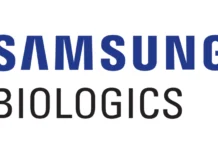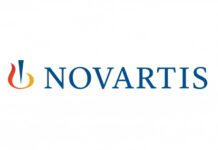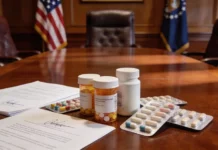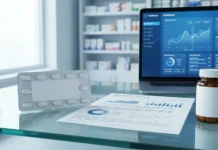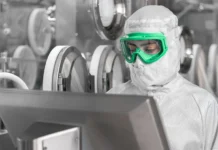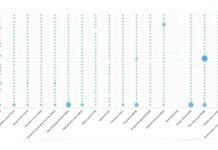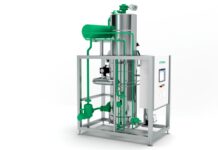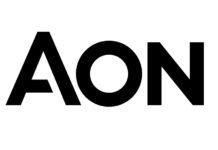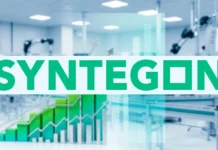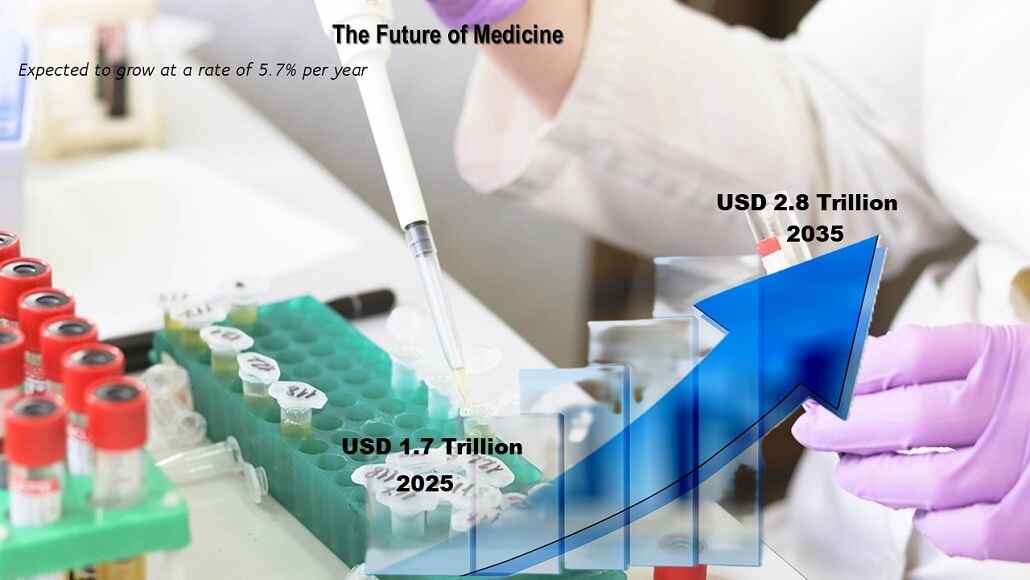The Future of Medicine: A Comprehensive Insight into the Drug Formulation Market (2025-2035)
New technologies, changing patient needs, and health problems around the world are all causing the pharmaceutical business to go through a huge change. The Drug Formulation Market is expected to grow quickly, rising from USD 1.7 trillion in 2025 to USD 2.8 trillion by 2035, at a rate of 5.7% per year. The drug formulation market is broken down in this piece, which talks about its growth drivers, challenges, technological advances, and future trends.
Key Insights at a Glance
| Attribute | Value |
| Historical Market Size (2024) | USD 1.6 trillion |
| Estimated Size (2025) | USD 1.7 trillion |
| Projected Size (2035) | USD 2.8 trillion |
| Value-based CAGR (2025-2035) | 5.7% |
A Decade of Growth and Transformation
The drug formulation business includes many different types of work that are done to plan, create, and improve drugs so that they work best for patients. The years 2025 to 2035 are expected to be very important for pharmaceuticals. This is because standard formulations are getting more complicated and people are always asking for better therapies that are tailored to each patient. The 2024 market data showed that it was worth USD 1.6 trillion, which shows that the industry has been growing quickly thanks to the new technologies of the previous ten years.
It was the COVID-19 pandemic that changed the pharmaceutical environment, speeding up progress in making vaccines and biologics. As an example, the development of mRNA vaccines, which relied heavily on lipid nanoparticle delivery systems, showed how modern formulation technologies could be used to deal with health crises around the world. These progresses have made it possible for a new generation of medicines, such as gene and cell-based ones.
The Drivers of Market Expansion
The development of the drug formulation sector is built on invention. The growing need for sophisticated drug formulations is influenced by many elements as the worldwide healthcare industry changes. The move towards personalised medicine—an strategy that tailors treatments to individual genetic profiles—has generated a need for therapies that are both exact and efficient. Pharmaceutical companies are concentrating on developing targeted delivery methods that enhance therapeutic outcomes and minimise adverse effects in light of the rising incidence of chronic diseases such as diabetes, cancer, and neurological disorders.
The use of sophisticated drug delivery systems—such as liposomes and nanoparticles—which allow site-specific administration and improved bioavailability is another important factor. These systems are especially useful for drugs if traditional oral or injectable formulations fail to provide the appropriate efficacy due to low solubility or quick metabolism. In cancer, for example, these technologies help to reduce the problems of systemic side effects, hence enabling more concentrated and efficient treatment schedules.
The increasing pipeline of gene treatments and biologics is also fuelling the demand for creative formulation ideas. Monoclonal antibodies, vaccinations, and cell-based therapies are all examples of biologics; these complex molecules necessitate unique delivery systems to maintain their stability and effectiveness. Lipid nanoparticles in formulations like COVID-19 vaccines have shown their capacity to successfully address these issues, hence opening the door for general application in the formulation of additional biologics.
Technological Advancements: Pioneering New Horizons
The incorporation of cutting-edge technologies has significantly changed the landscape of the drug formulation market. High-performance liquid chromatography (HPLC), Differential Scanning Calorimetry (DSC), and Nuclear Magnetic Resonance (NMR) Spectroscopy play crucial roles in detailing the physicochemical properties of Active Pharmaceutical Ingredients (APIs) and excipients. These tools equip formulation scientists with essential insights to enhance bioavailability, manage release patterns, and maintain consistency across batches.
Moreover, the integration of Artificial Intelligence (AI) and Machine Learning (ML) has transformed the formulation development process. Researchers are now utilising AI-driven predictive modelling to simulate how drugs behave in various environmental conditions, which greatly minimises the need for trial-and-error experimentation. In the realm of intricate dosage forms and biologics, where grasping molecular interactions is crucial, these technologies facilitate the swift pinpointing of ideal formulations.
Real-time monitoring tools have revolutionised manufacturing processes, enabling a shift from batch production to continuous manufacturing. This change has improved production efficiency and decreased variability, resulting in quicker regulatory approvals and lower development costs. Realigning production strategies using real-time data allows pharmaceutical companies to quickly adapt to changes in demand and regulations.
The Biopharmaceutical Boom
The biopharmaceutical sector is expected to play a pivotal role in the next decade, with increasing demand for biologics, gene therapies, and vaccines. Innovative formulations like lipid nanoparticles and polymer-based carriers are enabling higher stability and targeted delivery.
Example: COVID-19 mRNA vaccines were breakthroughs in lipid nanoparticle technology, opening new horizons for vaccine and gene therapy formulations.
| Key Therapeutics | Applications |
| Monoclonal Antibodies | Cancer, autoimmune diseases |
| Gene Therapies | Rare genetic disorders |
| Lipid Nanoparticles | Vaccine development (e.g., COVID-19) |
Biopharmaceuticals: Unlocking New Opportunities
The biopharmaceutical sector stands out as a highly promising area for drug formulation. The rise in chronic conditions and the ongoing risk of new infectious diseases have led to an unprecedented demand for biologics and gene therapies. It is impossible to get this level of accuracy and effectiveness with standard small-molecule drugs, which is why these therapies are so important for treating complicated diseases.
However, the development and formulation of biopharmaceuticals are rife with obstacles. These molecules are extremely vulnerable to changes in their surrounding environment, calling for fresh strategies to guarantee their delivery and stability. In recent years, lipid nanoparticles and polymer-based carriers have become the most popular ways to solve these problems. They offer the stability needed for long-term storage and the freedom for targeted delivery.
The continued expansion of biopharmaceutical pipelines is likely to fuel significant growth in the drug formulation industry over the coming decade. To deal with the complexity of biologic formulations, pharmaceutical firms are working together with formulation technology providers on research projects and licensing agreements more and more. The effectiveness and scalability of modern formulation methods were demonstrated by the success of COVID-19 vaccines, which is also encouraging investments in this industry.
Challenges and Constraints
There are still certain obstacles in the drug formulation sector, despite the positive trend in growth. Drug makers are greatly challenged by the rigorous regulatory environment set by agencies as the FDA and EMA. Such rules, required to ensure safety and efficacy, can result in protracted approval delays and increased development costs. For small companies with thin budgets, operating in such regulatory complexity can prove to be most challenging.
Elaborate testing programs, both in vitro and in vivo, are required to get approval from regulators, which imposes yet another financial cost. In the case of intricate generics and biologics, they call for special tests for proof of bioequivalence and stability. Simple post-marking changes to formula or processes cause re-Validation to initiate, causing slowdown in commercialization and hampering innovation.
Geographic and Segmental Analysis
The market for drug formulations shows high geographic differences in growth and market size. North America, dominated by the United States, is the biggest market due to its sophisticated healthcare infrastructure and heavy demand for biologics. The U.S. market is marked by emphasis on personalized medicine and gene therapy, with innovation being driven by government programs and private investments.
In Western Europe, nations such as Germany and the UK are stepping up formulation science considerably, attributable to their comprehensive research ecosystems coupled with supportive regulation. Germany specifically has become one of the prominent players in the use of nanoparticle-based systems for drug delivery, thanks to its strong drive towards technological innovations.
India, however, will be the most rapidly expanding market with a projected CAGR of 6.5% from 2025 to 2035. The nation’s huge population, combined with growing healthcare awareness and government programs such as Ayushman Bharat, is fueling demand for affordable and effective drugs. The rising number of chronic diseases also shows that India has a lot of room to grow as a centre for making drugs.
Oral forms have 43.2% of the world market share in 2025, making them the market leader in their segment. Oral types are better because they are more convenient, cheaper, and easier to give. Tablets and capsules are the most common oral dosage types. They have benefits like being able to repeat doses and having a long shelf life.
Future Outlook and Emerging Trends
The future of the drug formulation industry is directly related to technology advancements and altering healthcare paradigms. Incorporating 3D printing technology into medicine formulation would transform manufacturing processes by enabling the creation of patient-specific dose forms with unparalleled precision. Sustainability will also be emphasised, as pharmaceutical businesses increasingly use ecologically friendly formulation techniques and packaging systems to lessen their environmental footprint.
The growing emphasis on personalised medicine will accelerate the development of genomics-based medicines tailored to specific requirements. The capacity to design drugs that target specific genetic profiles will improve the efficacy of treatments and minimize adverse effects. Advances in targeted drug delivery systems will render therapies more specific, efficient, and less invasive, enhancing patient outcomes and quality of life.
Conclusion
The future of the drug formulation industry is directly related to technology advancements and altering healthcare paradigms. Incorporating 3D printing technology into medicine formulation would transform manufacturing processes by enabling the creation of patient-specific dose forms with unparalleled precision. Sustainability will also be emphasised, as pharmaceutical businesses increasingly use ecologically friendly formulation techniques and packaging systems to lessen their environmental footprint.
The growing emphasis on personalised medicine will accelerate the development of genomics-based medicines tailored to specific requirements. The capacity to design drugs that target specific genetic profiles will improve the efficacy of treatments and minimize adverse effects. Advances in targeted drug delivery systems will render therapies more specific, efficient, and less invasive, enhancing patient outcomes and quality of life.



